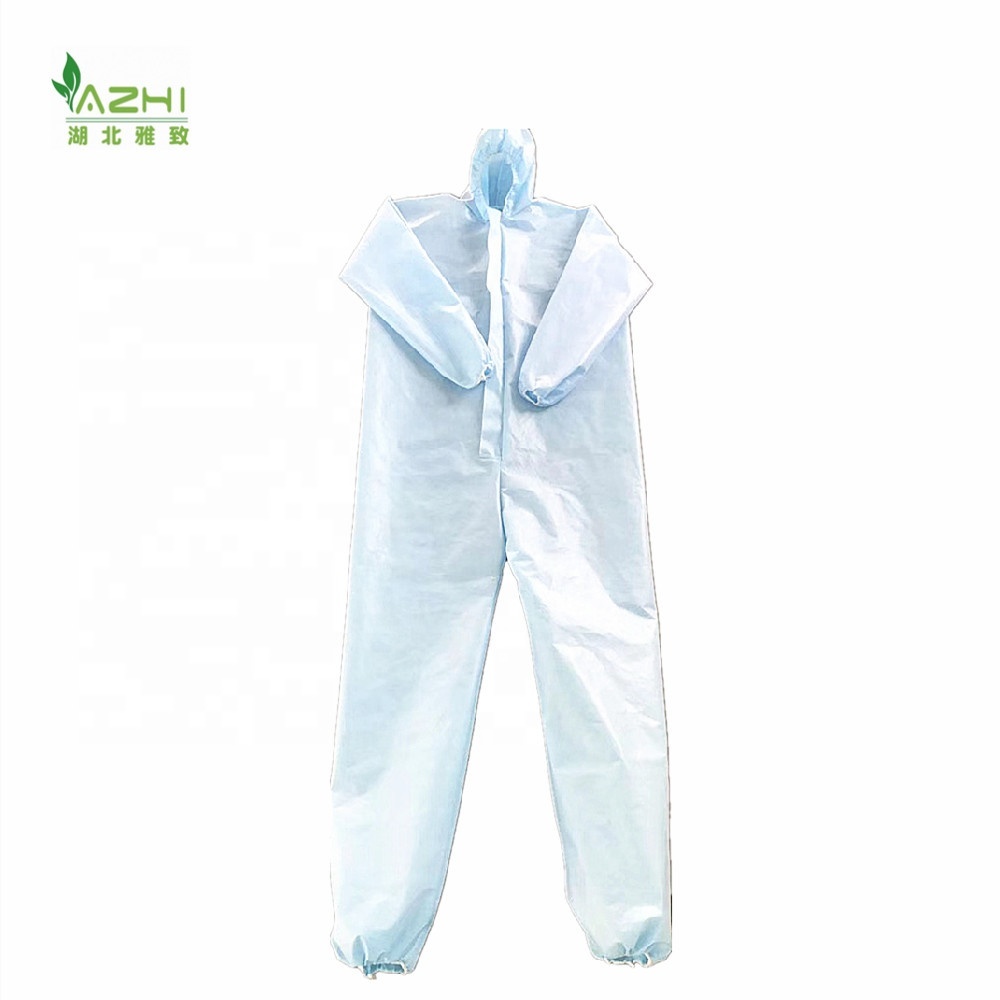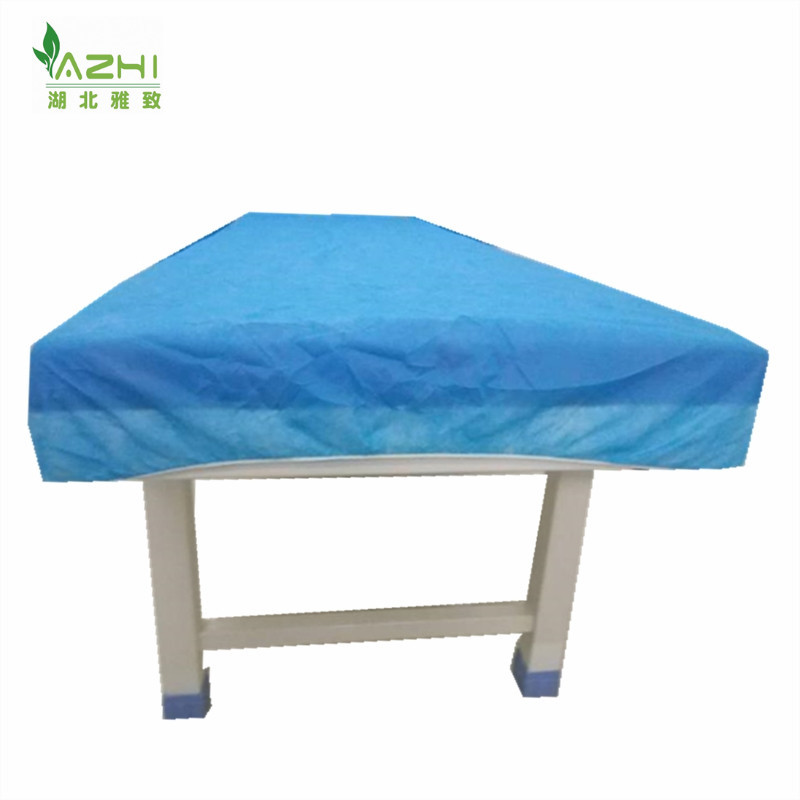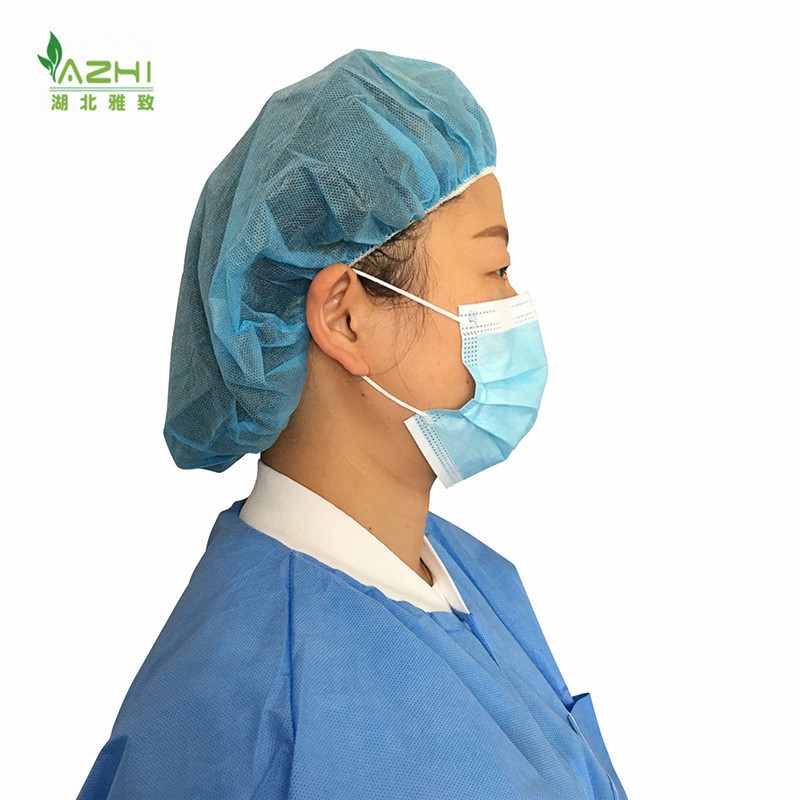News
Why Disposable Protective Clothing is Essential for Health and Safety
Aug 07,2025
Why Disposable Protective Clothing is Essential for Health and Safety
Table of Contents
- Introduction to Disposable Protective Clothing
- The Importance of Disposable Protective Clothing in Various Industries
- Key Benefits of Using Disposable Protective Clothing
- Different Types of Disposable Protective Clothing
- Best Practices for Using Disposable Protective Clothing
- Conclusion: Emphasizing Safety through Disposable Options
- FAQs
Introduction to Disposable Protective Clothing
In today’s ever-evolving landscape, maintaining health and safety standards is more important than ever. **Disposable protective clothing** serves as a primary barrier against hazards present in various environments. This type of clothing is designed to be worn once and then discarded, minimizing the risk of contamination and exposure to harmful agents. From healthcare facilities to food production lines, the use of disposable garments plays a crucial role in ensuring the safety of both workers and consumers alike.
The Importance of Disposable Protective Clothing in Various Industries
1.1 Healthcare Sector
The healthcare sector is perhaps the most vital area where disposable protective clothing is essential. In hospitals and clinics, **healthcare workers** are exposed to various pathogens, including bacteria and viruses. Wearing disposable gowns, masks, and gloves protects these workers and helps prevent the spread of infections to patients. The COVID-19 pandemic has further emphasized the necessity of such protective gear, showcasing how quickly the healthcare industry must adapt to ensure safety.
1.2 Food Safety and Hygiene
In the food industry, maintaining hygiene is paramount. **Disposable protective clothing** ensures that workers do not inadvertently transfer contaminants to food products. These garments, which include gloves and hairnets, reduce the risk of foodborne illnesses and protect the integrity of food safety protocols. By adopting disposable clothing, food companies can uphold industry standards and consumer trust.
1.3 Manufacturing and Construction
Manufacturing and construction sites often present a variety of hazards, including dust, chemicals, and physical injuries. **Disposable coveralls** and gloves are essential in these environments, providing workers with the protection needed to perform their tasks safely. The use of disposable protective clothing also simplifies compliance with health and safety regulations, creating a safer work environment.
Key Benefits of Using Disposable Protective Clothing
2.1 Infection Control
One of the primary benefits of disposable protective clothing is its role in **infection control**. In settings where hygiene is critical, such as hospitals and laboratories, disposable garments minimize the risk of cross-contamination. They serve as a barrier, preventing pathogens from coming into contact with skin or clothing, thereby reducing the likelihood of infection.
2.2 Cost-Effectiveness
While some might assume that purchasing disposable clothing is more costly than traditional reusable garments, this is often not the case. **Cost-effectiveness** arises from the elimination of laundering expenses and reduced risk of contamination. In high-turnover environments, the ability to simply discard and replace garments can lead to significant savings in both time and resources.
2.3 Ease of Use
Disposable protective clothing is designed for **ease of use**. These garments are typically lightweight, comfortable, and easy to put on and take off. This convenience not only enhances compliance among workers but also ensures that protective measures are swiftly implemented in response to potential hazards.
Different Types of Disposable Protective Clothing
3.1 Disposable Gowns
**Disposable gowns** are widely used in healthcare settings to protect against exposure to bodily fluids and contaminants. They are designed to cover the entire body, providing a full barrier against potential hazards. Made from lightweight, breathable materials, these gowns ensure comfort while maintaining high levels of protection.
3.2 Disposable Coveralls
**Disposable coveralls** are essential in industrial settings, providing full-body protection against dust, chemicals, and other hazardous substances. These garments are designed to fit snugly while allowing for ease of movement. Their use is critical in environments where workers may come into contact with harmful materials, ensuring their safety and well-being.
3.3 Disposable Gloves
**Disposable gloves** are one of the most commonly used items in both medical and food industries. These gloves serve as a critical barrier between hands and potentially harmful substances, preventing contamination and ensuring the safety of the user and the products they handle. Available in various materials, including latex and nitrile, disposable gloves are versatile and essential for maintaining hygiene.
Best Practices for Using Disposable Protective Clothing
To maximize the benefits of disposable protective clothing, it is essential to follow certain best practices:
1. **Proper Selection**: Choose the appropriate type of protective clothing based on the specific hazards present in the environment.
2. **Correct Usage**: Ensure that the clothing is worn correctly and covers all necessary areas of the body.
3. **Timely Disposal**: Dispose of garments immediately after use to prevent contamination.
4. **Training and Compliance**: Provide training for workers on the proper use and disposal of disposable protective clothing to enhance compliance and safety.
Conclusion: Emphasizing Safety through Disposable Options
In conclusion, the significance of **disposable protective clothing** cannot be overstated. Its role in various sectors, from healthcare to food safety and industrial environments, underscores the need for effective protective measures in safeguarding health and ensuring safety. By understanding the importance, benefits, and proper usage of these garments, organizations can enhance safety protocols and protect their workforce.
FAQs
1. What materials are used to make disposable protective clothing?
Disposable protective clothing is typically made from lightweight, breathable materials such as polypropylene, polyethylene, or SMS (spunbond-meltblown-spunbond) fabric, depending on the required level of protection.
2. Can disposable protective clothing be recycled?
While most disposable protective clothing is designed for single-use, some manufacturers offer recyclable options. It's essential to check the labeling to ensure proper disposal methods.
3. How often should disposable protective clothing be replaced?
Disposable protective clothing should be replaced after each use, especially in environments with a high risk of contamination or exposure to hazardous materials.
4. Are there specific regulations governing the use of disposable protective clothing?
Yes, various regulatory bodies, such as OSHA (Occupational Safety and Health Administration) in the United States, provide guidelines and regulations regarding the use of protective clothing in the workplace.
5. Can disposable protective clothing be used in a laboratory setting?
Absolutely. Disposable protective clothing is widely used in laboratory settings to protect against chemical spills, biological hazards, and other potential contaminants.
Aug 07,2025
Category:
knowledge
Related Information








 Language
Language English
English Español
Español Português
Português اللغة العربية
اللغة العربية





